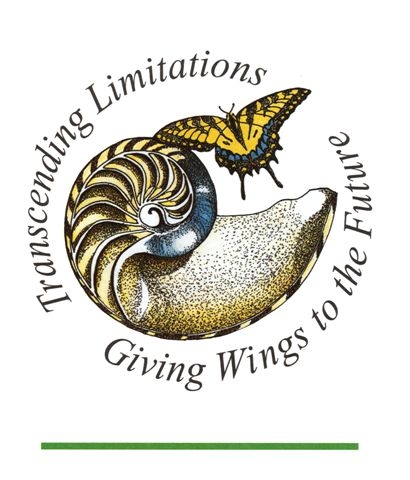Polio Place
A service of Post-Polio Health International
Spirituality In Stillness: To Transcend, Transform, Then Transfuse
Category: Spirituality

Alison (Sunny) Roller, MA
Presented at PHI's 11th International Conference: Promoting Healthy Ideas (2014)
Definitions
-
Spirit is “an animating or vital principle held to give life to physical organisms.”
-
Spirituality is defined differently by a variety of authors. There does seem to be a recurring theme, however. Spirituality is awe-inspiring and gives life meaning. It refers to the core part of our beings that enable us to transcend any experience at hand and seek meaning and purpose, to have faith, to love, to forgive, to pray, to meditate, to worship and see beyond the physical here and now. Spirituality is the inner force that animates human life. Spirituality is related to religion, but is not the same.
-
Religion means being affiliated with a specific community, doctrine and set of rituals…and while religions aim to foster and nourish spiritual life—and spirituality is often a salient aspect of religious participation—it is possible to adopt the outward forms of religious worship and doctrine without having a strong relationship to the transcendent.” Spiritual capacities enable one to transcend any experience at hand and seek meaning and purpose, to have faith, to love, to forgive, to pray, to meditate, to worship and see beyond the here and now. Muldoon and King go on to say that spirituality is the spirit that animates human life, the inner force that fuels how we think and behave. It is breath, wind and spirit that give us life.
-
Inspiration, then, is the act of breathing in, or a “divine influence or action on a person believed to qualify him or her to receive and communicate sacred revelation.”
-
God: the supreme or ultimate reality; the Being perfect in power, wisdom, and goodness who is worshipped as creator and ruler of the universe.
-
Holy Spirit is the spirit of God; the presence of God as part of a person's religious experience.
-
Meditation is a contemplative reflection or mental exercise designed to bring about a heightened level of spiritual awareness, trigger a spiritual or religious experience, or train the mind in a specific way. It can also include guided imagery, free association, and even hypnosis. Meditation is usually a longer and more intensive activity than prayer. (Newberg and Waldman)
-
Transcend means to rise above, to go beyond, to exceed, to excel.
- Transform means to change the form of, to metamorphose, and to change in shape or appearance, to change in nature, disposition, heart or character.
-
Transfuse is to cause to pass from one to another, to cause to be inst
illed or imbibed.
Key Ideas
The wonder of stillness, meditation and contemplation can combine with the power of physical disability to help us transcend and transform our post-polio disability. Once that has happened, if we choose, we can effortlessly transfuse people around us with their own renewed sense of enthusiasm, hope and inner strength.
Some say that spiritual transcendence can help us face our physical differences and challenges “with a clearer perspective, rising above the limits and pain initially imposed by the disability.” It’s nice to think: “we are all spirits on earth who just happen to have a body.”
Thinking about the steps to meditation:
-
We can be still and take time to focus on the positive—in the here and now,
-
We can tune ourselves into the universe that I find inside me as opposed to outside of me.
-
We need to be still and call upon God to be with us in the present moment. It’s more than prayer because prayer often involves a request of some type.
Connecting to the divine spark within can transform our countenance. We are transformed with a spirit that glows from within.
When you think of it, there is great irony in knowing that because we have lost muscle power, we have the potential to give muscle, vitality and strength to the world. And we don’t even have to say a word.
References:
1. Kaye, J., & Raghavan, S.K. (2002). Spirituality in Disability and Illness. Journal of Religion and Health, 41(3), 231-242.
2. Tate, D. G. & Forchheimer, M. (2002). Quality of Life, Life Satisfaction, and Spirituality: Comparing Outcomes Between Rehabilitation and Cancer Patients. American Journal of Physical Medicine and Rehabilitation, 81(6), 400-410.
3. Kuhn, C. C. (1988). A Spiritual Inventory of the Medically Ill Patient. Psychiatric Medicine, 6, 87-99.
4. Muldoon, M.H, & Kinf, J.N. (1991). A Spirituality for the Long Haul: Response to Chronic Illness. Journal of Religion and Health, 30(2), 99-108.
Tagged as: attitudes , coping , emotional health , spirituality , wellness